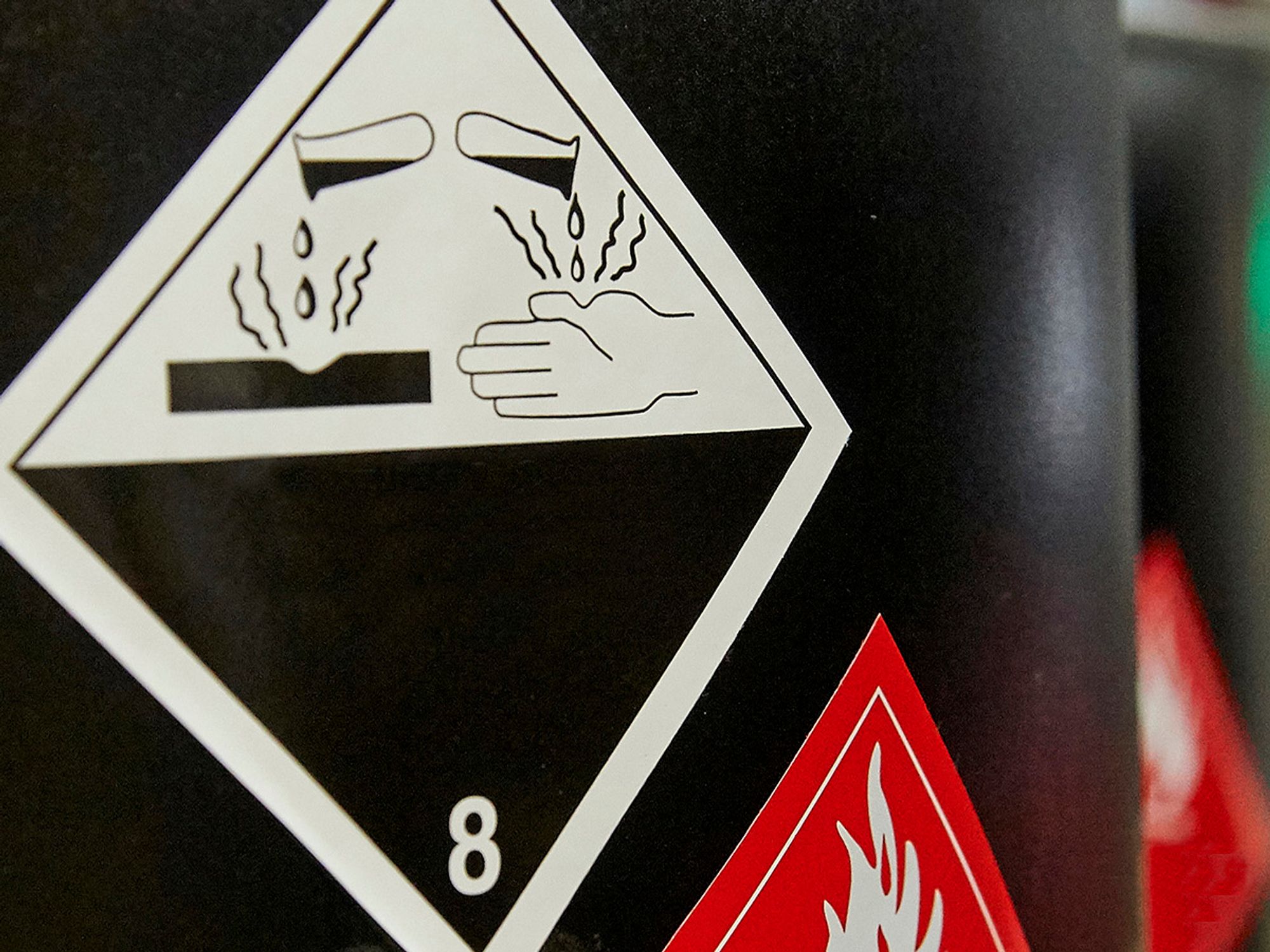Classification of dangerous goods under IATA

- Dangerous goods are articles or substances which pose a hazard to health, safety, property, or the environment.
- The IATA DGR requires shippers to properly classify and identify the dangerous goods.
When transporting cargo, it’s always good know what is considered dangerous goods. The International Air Transport Association’s (IATA) Dangerous Goods Regulations (DGR) consider dangerous goods as articles or substances which can pose a hazard to health, safety, property, or the environment and materials which are included in the list of dangerous goods.
Before any dangerous goods can be transported by air, it is extremely important that the goods are classified properly. The IATA DGR requires shippers to properly classify and identify the dangerous goods.
All aspects of the shipping process, such as packaging, marking, and labeling, are determined by how you classify your material, which is why the classification process is the single most important step when shipping dangerous goods. Classifying dangerous goods according to the IATA DGR can be done by answering three questions:
- What hazard class does it belong in?
- What packing group does it belong in?
- Does it have multiple hazards?
Some dangerous goods are easy to classify because the material and their hazard(s) are well known. For example, gasoline is a well-known flammable liquid. Other materials, such as mixtures or new products, may be difficult to classify because the hazards are unknown. In this case you must have the material tested to determine the hazardous properties.
